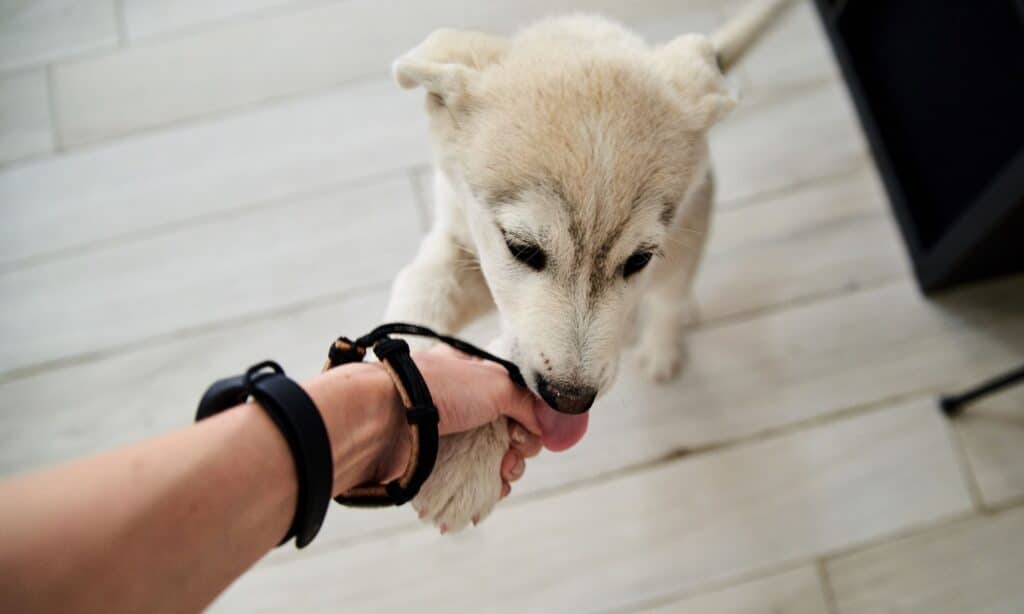Understanding Why Dogs Chew on Wood and How to Stop Them

For many dog owners, returning home to find furniture or wood trim damaged by chewing is a frustrating experience. Understanding why dogs exhibit this behavior is essential in finding effective solutions.
Why Do Dogs Chew on Wood?
Dogs have a natural instinct to chew. This behavior often stems from various reasons, including boredom, anxiety, and the need to explore their environment. However, chewing can lead to serious health risks, such as splinters lodged in their mouth or esophagus, making it crucial for pet owners to intervene early.
Effective Strategies to Prevent Wood Chewing
1. Take Early Measures
Once a dog develops a habit of chewing on wood, breaking this behavior can be challenging. Here are some preventative steps you can take:
- Remove any branches, twigs, or non-edible objects from your yard that may tempt your dog.
- Supervise your dog closely and limit access to areas where they might cause damage.
- Utilize barriers or crates when you are not home, creating a secure space where your dog feels safe.

2. Provide Alternatives
Offering chew toys can help redirect your dog’s chewing instinct. When selecting toys, ensure they are safe and durable. Avoid real bones, which may splinter, and opt for toys designed specifically for heavy chewers.

3. Reduce Boredom and Anxiety
If chewing is driven by boredom or separation anxiety, it’s essential to provide adequate mental and physical stimulation. Activities may include:
- Interactive playtime with family members.
- Socialization opportunities with other pets.
- Engaging toys that require problem-solving skills.

4. Use Chewing Deterrents
Applying a bitter-tasting deterrent, such as bitter apple spray, can help discourage your dog from chewing on wood. Alternatively, homemade deterrents made with vinegar or citrus oils can be effective. Keep in mind that some dogs may become accustomed to the taste, so regular training is beneficial.

5. Train Your Dog
Training is vital in addressing and modifying chewing behavior. Avoid negative reinforcement and focus on positive training methods. Reward your dog with treats or praise when they exhibit the desired behavior. Consistent training will help them understand that chewing on furniture is not acceptable.

Conclusion
With dedication and the right strategies, dog owners can effectively prevent their pets from chewing on wooden furniture. By understanding the root causes of this behavior and implementing alternative solutions, you can create a safer and happier home for both you and your dog.












